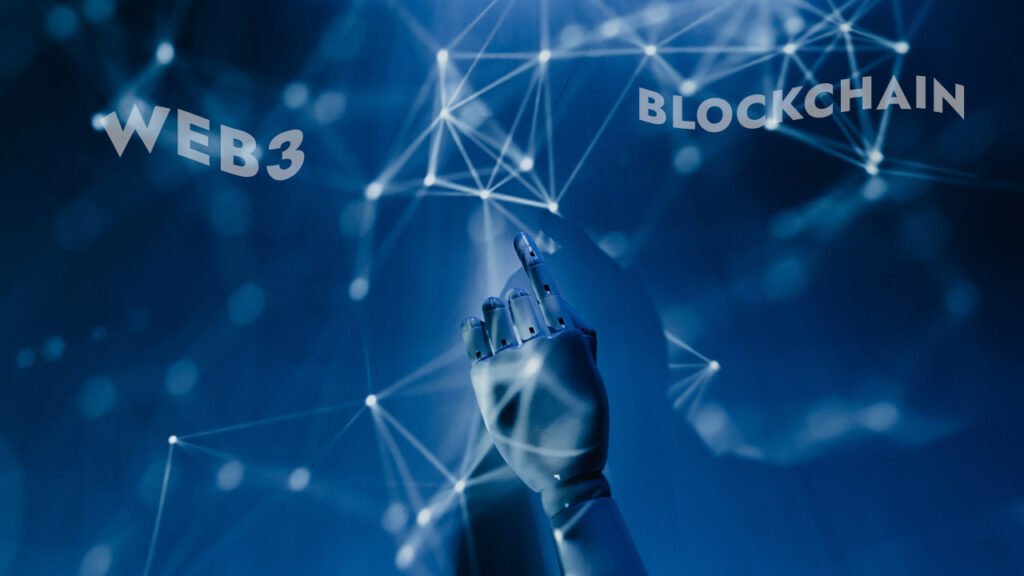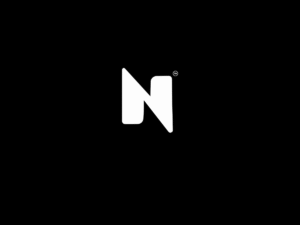Rebuilding the Internet Economy: Web3 and the Future of Digital Business

As the internet evolves beyond its Web2 phase, a new digital revolution is underway Web3. Fueled by blockchain, decentralized technologies, and community-driven platforms, Web3 is transforming the way businesses operate, monetize, and interact with users. Unlike the centralized giants of the past two decades, Web3 offers transparency, autonomy, and new economic opportunities.
Let’s explore how Web3 is quietly but powerfully reshaping the future of digital business models.
From Gatekeepers to Protocols: The New Digital Infrastructure
In the Web2 world, tech platforms like Google, Meta, and Amazon controlled everything from data to revenue models. Web3 disrupts this centralized structure with decentralized protocols like Ethereum, Solana, and Polkadot. These blockchains enable developers to build apps and services without corporate middlemen.
The result? Power is shifting back to users and creators. Revenue flows through smart contracts, not corporations. This paves the way for fairer, more inclusive business ecosystems.
DAOs: Reinventing Corporate Governance
Decentralized Autonomous Organizations (DAOs) are community owned entities governed by code and consensus rather than executives and shareholders. Businesses are using DAOs to manage operations, make decisions, and share profits transparently.
From venture capital to media production, DAOs are introducing a new model of decentralized ownership and decision-making, enabling global communities to collaborate in ways previously impossible.
Tokenomics and Ownership: New Ways to Monetize
Web3 introduces token-based economies, where businesses use digital tokens (fungible or non-fungible) to monetize services and reward users. Instead of selling user data or displaying ads, platforms incentivize engagement through utility tokens, governance tokens, or NFTs.
This gives rise to “own-to-earn” and “participate-to-earn” models, where users become stakeholders, not just consumers. Whether it’s a gaming platform rewarding players with tokens or a social media app sharing ad revenue with creators—Web3 changes the rules of digital income.
dApps Over Apps: The Next Business Frontier
Decentralized applications (dApps) are at the heart of Web3. Unlike traditional apps, dApps run on smart contracts and operate independently of centralized servers. They are censorship-resistant, trustless, and permissionless.
For businesses, this means new opportunities:
A finance company can run a DeFi lending platform with no banks involved.
A music startup can sell royalty rights directly to fans via NFTs.
A community can vote on product features using blockchain-based governance.
These dApps are redefining how businesses create, scale, and serve audiences globally.
Privacy and Control: User-Centric Data Models
Web3 emphasizes self-sovereign identity and data ownership. In contrast to Web2 platforms that monetize user behavior, Web3 allows individuals to control access to their personal information through decentralized IDs and encrypted wallets.
Businesses must adapt to this change by designing privacy first models, where value is built around trust, not surveillance.
The Challenges Ahead: Scalability, UX & Regulation
Despite its promise, Web3 is still in its early stages. Challenges like blockchain scalability, energy consumption, user adoption, and unclear regulations remain.
To go mainstream, the ecosystem needs faster, more efficient blockchains, intuitive interfaces, and policy frameworks that encourage innovation without compromising security.
Final Thoughts: Web3 Is Not a Trend—It’s a Transformation
Web3 is more than just a technology upgrade—it’s a paradigm shift in how value is created and exchanged online. By merging transparency, decentralization, and programmable trust, Web3 empowers entrepreneurs and users alike to build a more open, equitable digital economy.
For businesses ready to experiment and adapt, Web3 offers unprecedented opportunities—from new monetization paths to loyal, engaged communities.







